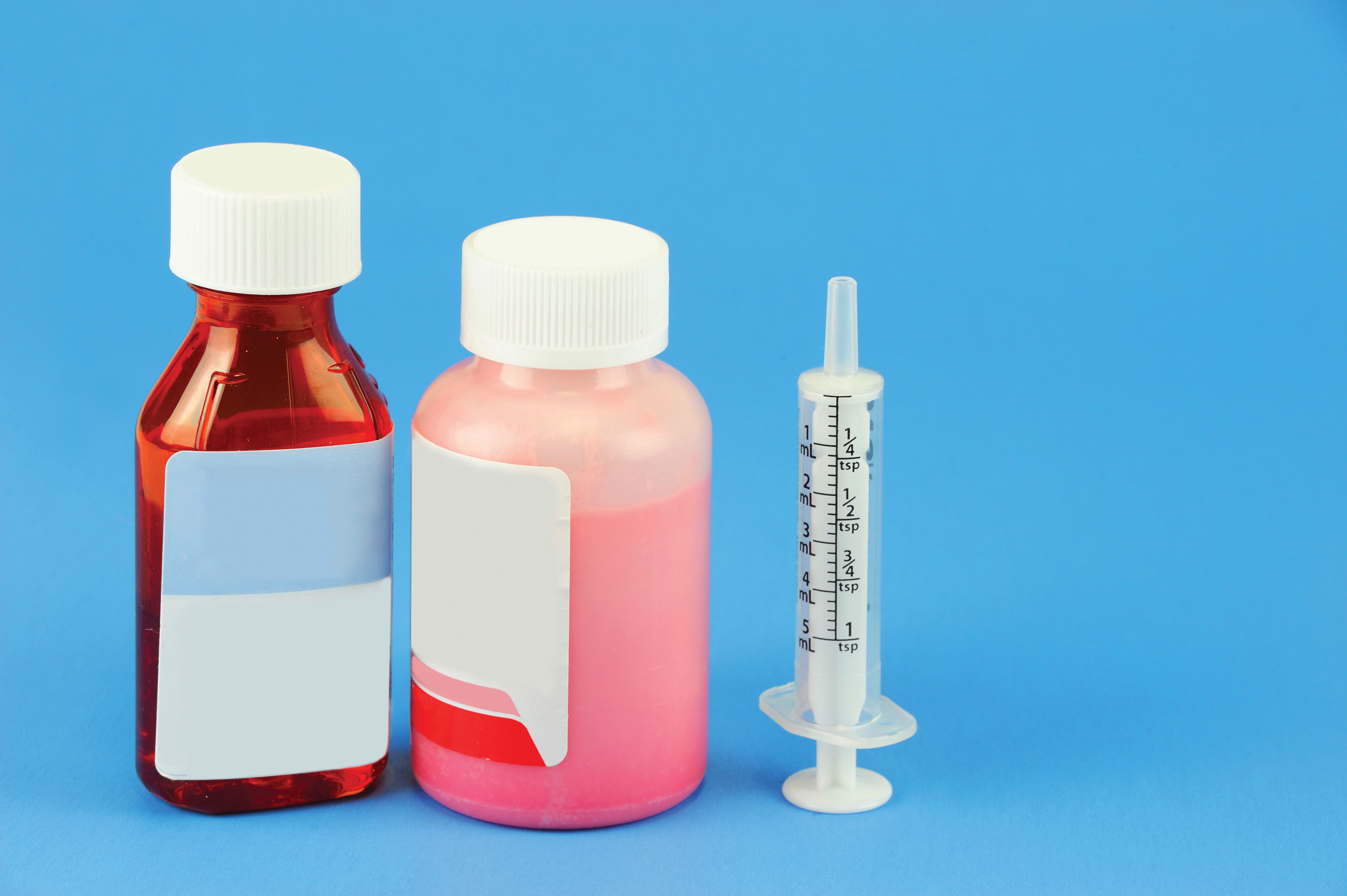News
Article
Considerations for Seals in Split Butterfly Valves
Author(s):
Materials used in the seals of split butterfly valves for aseptic pharmaceutical manufacturing should be chosen carefully.
Split butterfly valves (SBVs) minimize the amount of airborne particle exposure during the transfer of potent powders from one process step to the next. A fundamental feature of all SBVs is that they consist of two halves that dock together, namely the active (Alpha) unit and the passive (Beta) unit. Each half consists of half of the butterfly disc, which is sealed against the main body with an elastomeric seal to create high containment. Elastomer seals are used within each half as a seat, providing an effective containment seal between the active and passive halves once docked together.
Critical considerations for valve sealing
In order for a butterfly valve seal to perform to its full potential, it must be optimized for the respective application. To provide this effective configuration, the following are some key considerations.
Hygiene certifications
Safeguarding the health of the consumer is a paramount concern. For butterfly valves in pharmaceutical industries, hygienic properties of all sealing elements must be ensured. FDA’s 21 CFR 177.2600 (1) and United States Pharmacopeia Class VI (2) are two of the key standards concerning elastomeric materials and their contamination risk to consumable media.
The primary sealing element in the valve is not the only material that must be compliant. Compression packing, for example, can use a wide range of fillers and fibers that help to eliminate contamination risk while being FDA compliant. Many FDA-compliant sealing choices also perform well for strength and wear resilience, as well as the chemical aggression of sterilize-in-place and clean-in-place processes.
Multibarrier sealing
The optimal sealing solution might not lie with just one product used in isolation. With butterfly valves in particular, along with ball and plug valves, many applications utilize a primary and secondary sealing element in conjunction to create a leak-tight seal effect.
The primary seal might be a spring energized polytetrafluoroethylene seal backed by the high temperature and mechanical strength of a graphite packing grade. The combinations are wide and varied, with a particularly extensive choice of O-rings and thermoplastic lip seal options available. The most effective pairing is of course dependent on the valve application, and a sealing specialist can help identify the multibarrier sealing system that meets specific needs.
Temperature and pressure extremes
A seal needs to be able to stand up to the high and low temperatures that can be typical of some process industries, as well as the pressures of these applications; both these factors have to be considered equally. The temperature can determine whether you use metal or elastomer sealing materials, and pressures impact the extrusion and permeability of a sealing choice over the long term. Finding the best compromise for the demands of an application is where a specialist sealing engineer is useful. By determining the exact operational requirements of valves, one can ensure a correctly sealed valve that will optimize efficiency and minimize downtime.
References
1. 21 CFR 177.2600
2. USP, USP General Chapter <88>, “Biological Reactivity Tests, In Vivo” USP 26-NF 21 (2003).
About the author
Ryan McNulty is Marketing Executive at Precision Polymer Engineering.
Newsletter
Get the essential updates shaping the future of pharma manufacturing and compliance—subscribe today to Pharmaceutical Technology and never miss a breakthrough.





